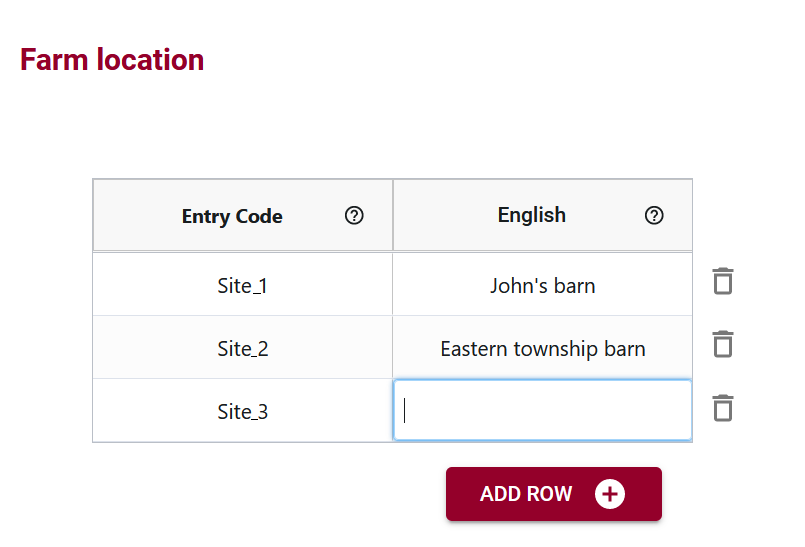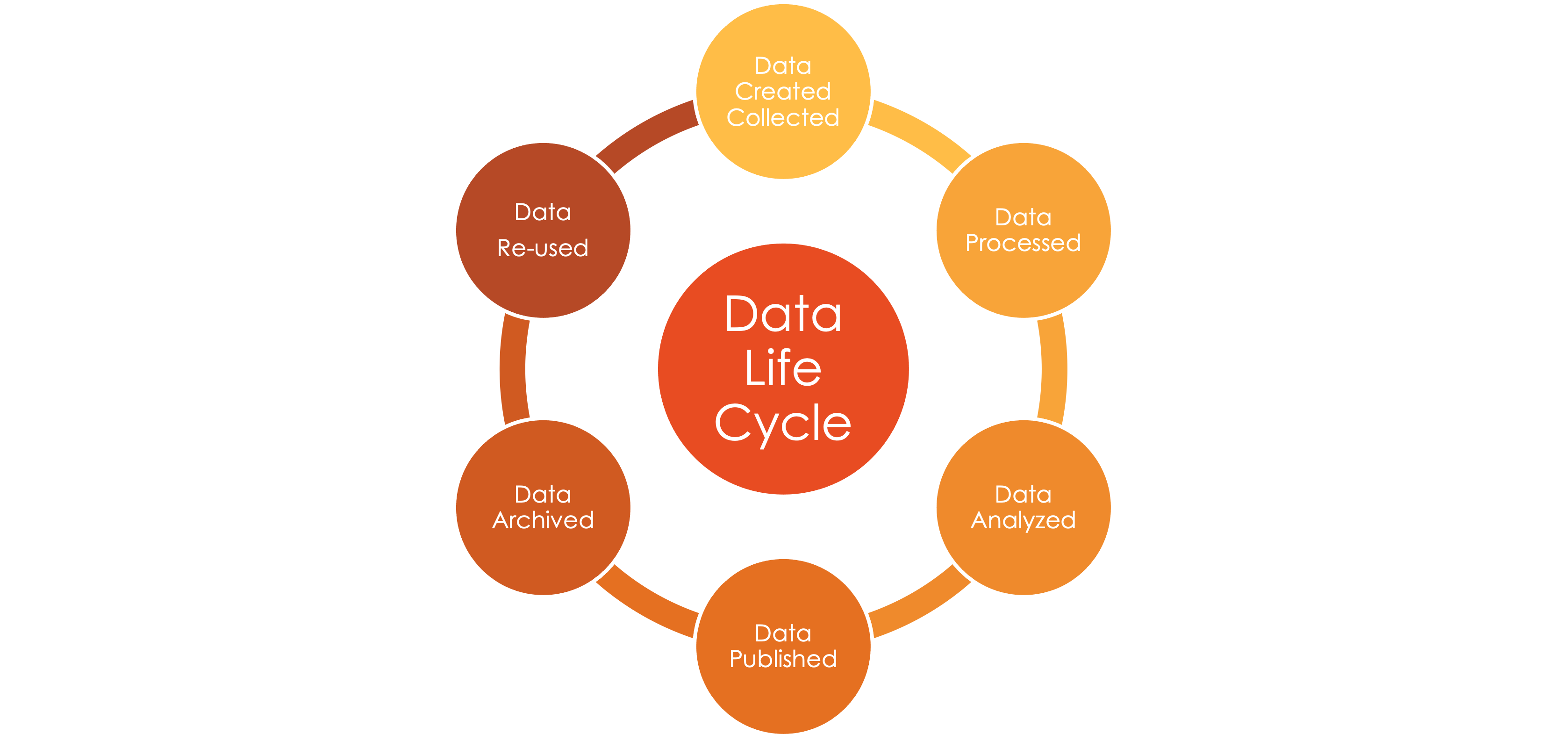Funding for Agri-food Data Canada is provided in part by the Canada First Research Excellence Fund
Streamlining Data Integrity: The Role of Entry Codes in Data Entry
Maintaining data quality can be a constant challenge. One effective solution is the use of entry codes. Let’s explore what entry codes entail, why they are crucial for clean data, and how they are seamlessly integrated into the Semantic Engine using Overlays Capture Architecture (OCA). Understanding Entry Codes in Data Entry Entry codes serve…
ViewAutomated Data Cleaning and Quality Assurance in Livestock Databases
Introduction Data is the backbone of informed decision-making in livestock management. However, the volume and complexity of data generated in modern livestock farms pose challenges to maintaining its quality. Inaccurate or unreliable data can have profound consequences on research programs and overall farm operations. In this technical exploration, we delve into the realm of automated…
ViewDocumenting your work- README: Research Data Management (RDM)
Happy New Year everyone!!! Welcome to 2024 – Leap year!! Oh wow! How time is really flying by! It’s so easy for us to say this and see it happen in our every day lives – BUT – yes it also happens at work and with our research. I remember as a graduate student, in…
ViewNavigating the Research Landscape: The Crucial Role of Version Control in Data Analysis
In the dynamic realm of research, where data is the cornerstone of ground-breaking discoveries, ensuring the integrity, reproducibility, and collaboration of your work is paramount. One indispensable tool that researchers often overlook but should embrace wholeheartedly is version control. In this blog post, we’ll delve into the importance of version control for research data, explore…
ViewDocumenting your work: Variable Names – Research Data Management (RDM)
The next stop on our RDM travels is “Documenting your work”. Those 3 words can scare a lot of people – let’s face it that means spending time writing things down, or creating scripts, or it could be viewed as taking time away from conducting research and analysis. Yes, I know, I know – and…
ViewWhat is the value of classifying your schema
When you use the Semantic Engine to create a schema, one of the first things you are asked to do is to classify your schema. It might seem simple, but as you move further from your domain, what seems like an obvious classification to you may not be so obvious to people outside of your…
ViewA Peek Inside the Ontario Dairy Research Centre – Part 3
On our last blog post, we talked about events and feed data collected routinely at the Ontario Dairy Research Centre (ODRC). Today we’ll talk about milk and milk analysis data. If you missed the other parts of this series, check the links at the end of this post to learn more about other types of…
ViewOrganizing your data – Research Data Management (RDM)
Show of hands – how many people reading this blog know where their current research data can be found on their laptop or computer? No peaking and no searching! Can you tell me where your data is without looking? Let’s be honest now! I suspect a number do know where your data is, but I…
ViewGuidance for designing datasets
Recommendation: Long format of datasets is recommended for schema documentation. Long format is more flexible because it is more general. The schema is reusable for other experiments, either by the researcher or by others. It is also easier to reuse the data and combine it with similar experiments. Data must help answer specific questions or…
ViewA Peek Inside the Ontario Dairy Research Centre – Part 2
Let’s continue to peek into more of the types of data collected routinely at the Ontario Dairy Research Centre (ODRC). Today we’ll talk about health, reproductive, preventive, and research-specific events data, as well as feed analysis and intake data. If you missed part one of this series, read A Peek Inside the Ontario Dairy Research…
View





